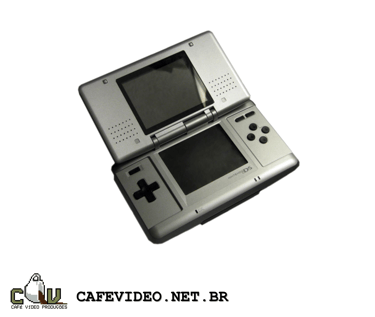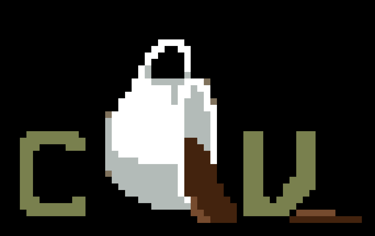Nintendo's biggest console ever
The Nintendo DS success made it the definitive successor to the GBA, being classified as a seventh generation console, a competitor to the PSP.
CRÔNICAS DO MILÊNIO (MILLENNIUM CHRONICLES)
Café Vídeo Producction
5/29/20252 min read
Quality is more subjective. But when it comes to sales, the Nintendo DS stands out. With 154 million units sold, it is Nintendo's biggest success and the second among all consoles, behind only the legendary Playstation 2.
The DS was launched in 2004 as a portable console, with the idea of it being a third line of Nintendo, along with the GameCube (tabletop console) and the GameBoy Advance (main portable). In this way, Big N would not be getting rid of its traditional Game Boy brand, but rather creating another option, focused on innovative features and more appeal to hardcore gamers. However, the success of the DS made it the definitive successor to the GBA, being classified as a seventh-generation console, a competitor to the PSP.
This mindset of being an innovative console led to the release of many “different” games in 2004 and 2005, many of which took advantage of the features introduced in the DS, such as the dual screen and wireless connectivity.
The console had an upper screen, where the game actually took place, and a lower screen that served as a support. In addition to the traditional buttons, there was also a touchscreen stylus that allowed the creation of unique dynamics in certain titles.
In addition, the DS was the first to allow the use of Wi-Fi. With this, it was no longer necessary for two players to plug in their consoles and play multiplayer games using wires; all that was needed was a wireless connection.
Another highlight is the backward compatibility with GBA titles. Thus, the console had a dual cartridge system, with one slot for Game Boy Advance and another for DS cartridges.
Finally, it is worth highlighting the presence of a microphone that allowed for some specific types of interactions with the games.
One of the main titles was Super Mario 64, a port of the game that was still relatively recent at the time, thus showing the power of the DS to render advanced graphics, closing the gap between home consoles and portable consoles. On top of that, there were some improvements, such as the addition of multiple characters (Luigi, Yoshi and Wario), and improved graphics.
And speaking of games, it is interesting to note that this was the last major console with 2D games. As a 32-bit console, it can be considered the transition from 2D to 3D in terms of portable consoles.
To remain competitive, the Nintendo DS had to release a few updates over the years. The first was the DS Lite (2006), which was thinner and had a brighter screen. At this time, R4 cards also became popular, which allowed things like pirating new games and playing music on the console like an MP3.
In 2008 came the DSi (with an online store and integrated camera), and in 2009 the DSi XL (with a larger screen).
*What ended it?
Its successor, the Nintendo 3DS, was released in 2011. With that, the original DS would end its sales in 2014, although it still received a release (Crazy Train) for its online store in 2016.
#nintendods #7thgen #7thgenconsole #nintendo #supermario #mario64ds #2000s #2000snostalgia #cachoeiradosul




